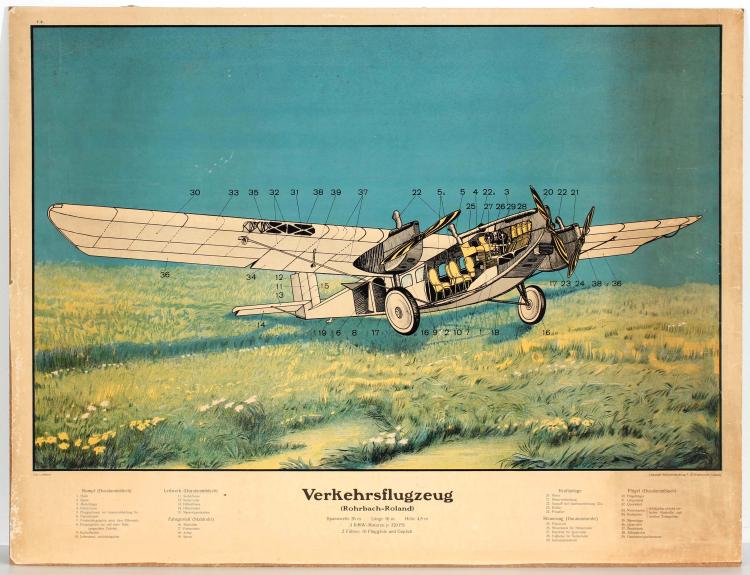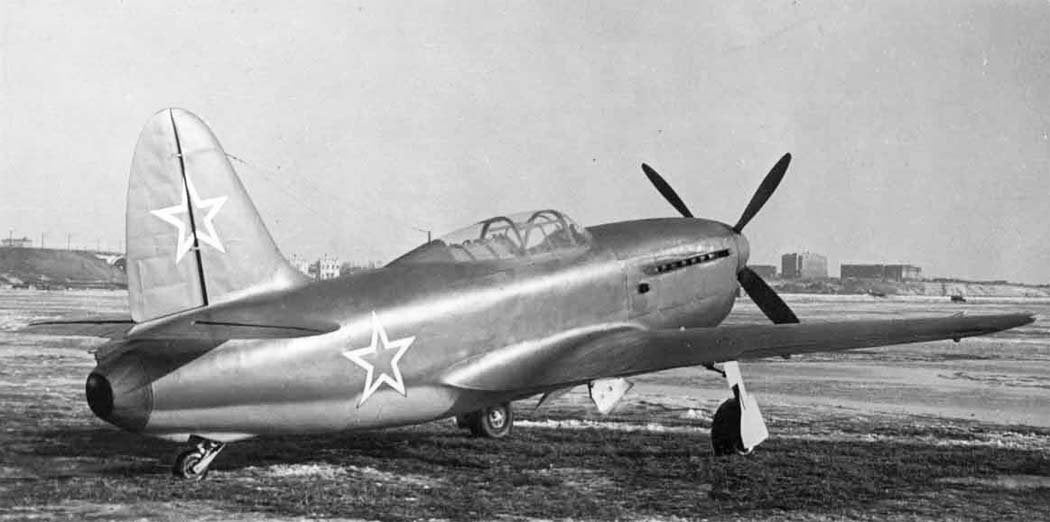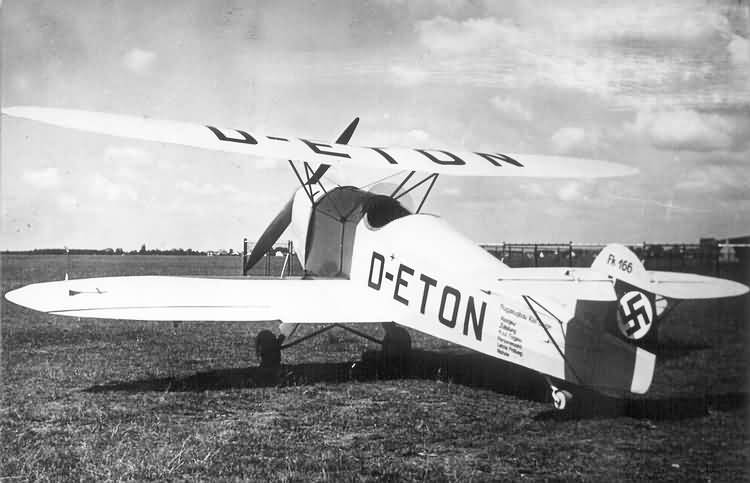
Designed by Karl Jatho, and completed on the Summer of 1903, this biplane according to some witnesses flew a month before the Wright Brothers. Being German, Jatho took inspiration from the Zanonia seed for the wing configuration. The aircraft was originally conceived as a triplane, but soon got rid of a wing, and was powered by a 10hp Buchet engine. The testimony of the witnesses should be taken with some reserves: they were made thirty years after the event and with the Nazis in power. Two replicas has been built to bolster Jatho’s claim, one back in 1933 and another in 2006. Their flight tests results have proven inconclusive.
One thing’s clear, it was kinda cute.
Monthly Archives: April 2024
Republic F-105D “Thud”: The Devil is in the details (XIX).
Lockheed F-104G Starfighter: Un amour qui vole.
Bell D-1007: Flights of Fancy (XIII).
To not be left behind Bell also joined the atomic fever of the 1950s. In their case with this humongous nuclear-powered helicopter. Not much info about their tandem rotor design apart of these numbers: a fuselage of around 300 ft long, 200 mph of max speed and a massive weight of 500,000 pounds.
This artwork is the only available. Curiously its two-deck fuselage is festooned with windows. I couldn’t see where the nuclear reactor(s) and cumbersome shielding should have been placed.
Rohrbach Roland: Verkehrsflugzeug.

Fine Luft Hansa Ro VIII Roland cutaway in a pasture.
Tokorozawa Koshiki-2: Half Salmson 2 A2, half SPAD XIII.

Designed by the Japanese Army’s Tokorozawa Aviation School department of research in the early 1920s, this experimental single-seat was the first fighter conceived and built in Japan. Clearly influenced by the French SPAD XIII, the Koshiki-2 was powered by the Salmson 9Z engine that the Japanese Army knew so well for their use in their 2 A2s. First flown in 1922 the prototype displayed a fairly decent performance, but also some horizontal stability troubles at low speed. The latter was the cause of its early demise. A second prototype soon followed, but the problems remained so no further production was undertaken.
Douglas DC-4: Your parcel goes here.

After the end of WW2 air freight increased on a mind-blowing scale. Special cargo companies were created and the traditional airlines, like Air France, began making profits from the holds of their planes, and also started all-cargo flights.
Superbe 1949 artwork by Atelier Perceval.
Sukhoi Su-5: You are the one for me, Fatty (Xl).

The Su-5 was conceived for the same purpose of the I-250. Both employed basically the same mixed engine configuration, but the Su-5 was sure more conventional-looking. In fact, it shared more than a certain “air de famille” with Sukhoi’s previous products. First flown just before the end of WW2, the sole prototype undertook a brief test program which ended when its Klimov VK 107 engine expired with no replacement available. It was slower than the I-250 and the latter was the one chosen for production.
Chubby, yet somehow handsome. The jet exhaust looks curiously modern.
EE Lightning F.3: Just Because (CXXIX).

F.3s of the 56 (F) Sqn during an Armament Practice Camp deployment to RAF Akrotiri (Cyprus), 1963. On the foreground their main weapon, the Firestreak infrared missile, being prepared.
Informally attired and with a sunny disposition, kinda like that.
Kiel Fk.166: Never go full bizarre.

First flown in 1934, this single-seat biplane designed by Hans Erfahrt was the sole aircraft produced by the Kiel Flugzeugbau. Its main feature was a weird-looking cantilever biplane configuration; curiously its tail surfaces had struts. The one prototype built, powered by a 82hp Hirth HM 60 engine, didn’t prove to be particularly good during testing. It ended its short flying days at a flight school at Zorau and was soon forgotten.



